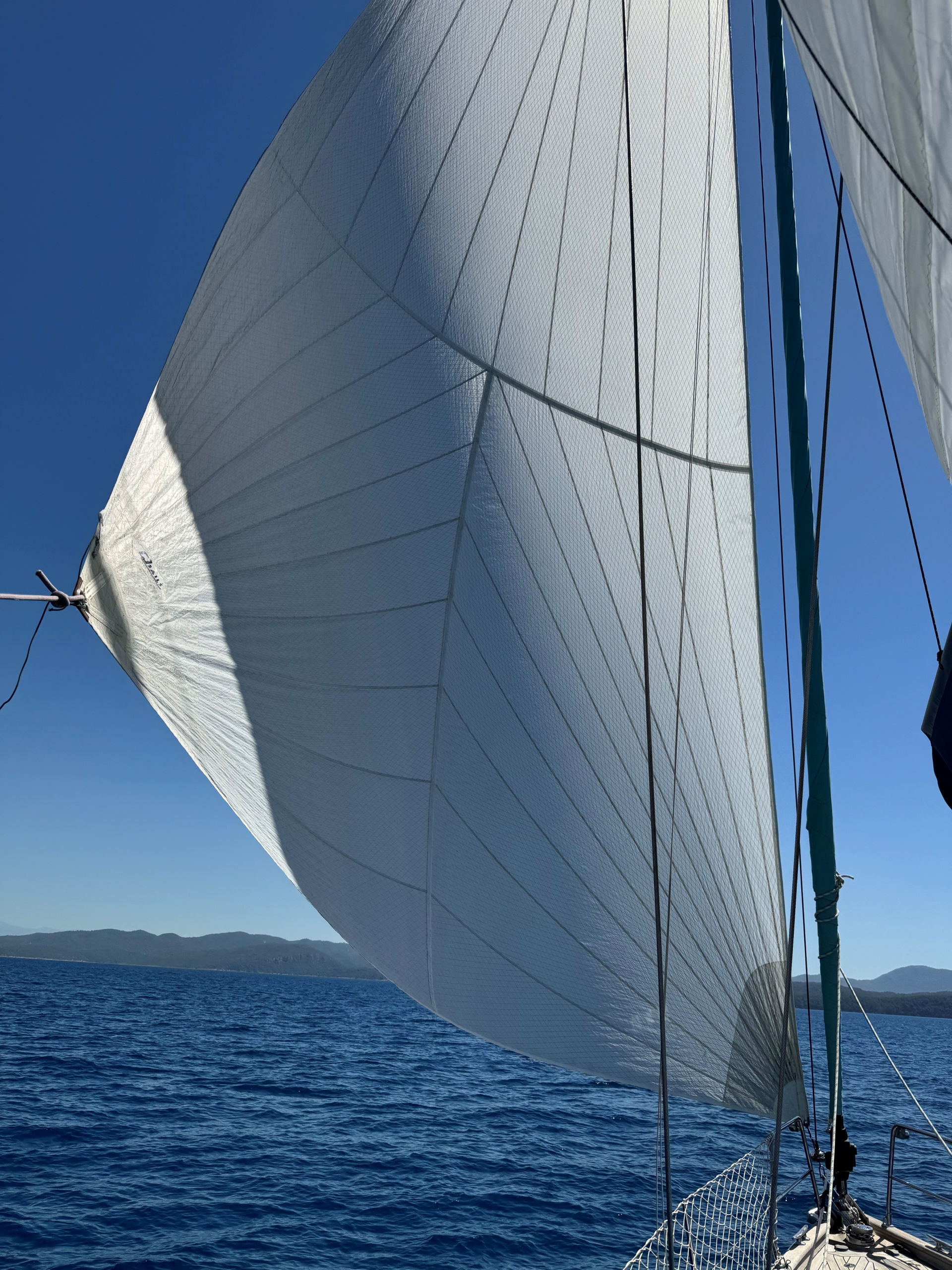A 6-year-old energetic and charming boy was brought in with the complaint of peeing upwards. They first noticed it after he stopped using diapers. When he sat down to pee, his urine would always go outside the toilet. When he learned to pee standing up, he started peeing on the toilet lid. When he went to school, the upward direction of his urine flow became quite bothersome, so they came to see us.
In the Pediatric Surgeon’s Log, I will explain the meatal web problem causing the upward direction of urine flow. Enjoy your reading.
In medical literature, there’s a condition that can occur after newborn circumcision called Meatal Stenosis, which is the narrowing of the urinary opening at the tip of the penis. The exact incidence is unclear because it is quite difficult to diagnose accurately. Some sources report it as occurring in nearly 20% of cases, while other studies report as low as 0.2%. Our studies found it to be less than 1%. These children can exhibit symptoms like a pinhole-sized urinary opening, difficulty urinating, painful urination, frequent urination, upward-directed urine flow, and urinary incontinence.
In our hospital, we observed children who had undergone newborn circumcision and presented with the complaint of upward-directed urine flow. We noticed that although the urinary opening appeared as small as a pinhole, this did not cause a functional narrowing when examined with a catheter. None of these children had symptoms that would suggest a narrow urinary opening, like difficulty urinating or painful urination. Upon careful examination, we found a web-like structure at the lower part of the urinary opening. This web did not cause a narrowing but did cause the urine flow to be directed upwards.
In fact, the problem of a web at the urinary opening directing the urine flow upwards can also occur in uncircumcised children as part of certain syndromes, after hypospadias surgery, penile trauma, or prolonged catheterization. Even in girls, the upward direction of the urine flow requiring surgical treatment can occur. However, all the patients I mentioned were circumcised in our hospital as newborns. Since we examine each patient before and after circumcision, we know there were no other problems. Most likely, during the healing process, the two sides of the urinary opening slowly adhered to form a web-like structure.
The treatment is quite simple. In the operating room, with a day-case surgery, we remove the web-like structure and place 3-4 fine stitches. This completely resolves the complaint, allowing the children to aim properly while urinating. The postoperative period is also quite easy. We just do some calibration for a while to prevent re-adhesion during healing.
We presented our observations and treatment suggestions both at our national congress and in an international journal, the Journal of Pediatric Urology, recommending that this condition be recognized in the literature as a web at the urinary opening rather than a narrowing.
With that, we conclude this log entry. Stay happy,
Prof. Dr. Egemen Eroğlu
May 2024

